“This is my blood of the covenant which is poured out for many.” ~Mark 14:24
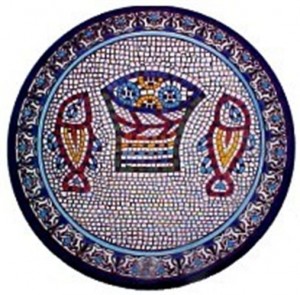 There was a definite Passover context in the city, in the room, and around the table when Jesus celebrated the feast with his disciples on the night he was betrayed. Jesus and his closest followers had gathered to remember God’s great acts of redemption, specifically the deliverance of his people from bondage in Egypt. They gathered to sing the Psalms of divine rescue that recount those mighty deeds. They gathered to celebrate that past with great joy and to eagerly anticipate a future fulfillment when all of God’s people would be brought together around the banquet table in the Promised Land.
There was a definite Passover context in the city, in the room, and around the table when Jesus celebrated the feast with his disciples on the night he was betrayed. Jesus and his closest followers had gathered to remember God’s great acts of redemption, specifically the deliverance of his people from bondage in Egypt. They gathered to sing the Psalms of divine rescue that recount those mighty deeds. They gathered to celebrate that past with great joy and to eagerly anticipate a future fulfillment when all of God’s people would be brought together around the banquet table in the Promised Land.
But Jesus takes this centuries-old covenant meal and gives it new meaning.
First, he ties it to the original covenant meal as recorded in Exodus 24 by quoting Moses. As Moses cleanses the people with the sprinkled blood, he says, “This is the blood of the covenant.” As Jesus shares this Passover meal with his disciples, he quotes Moses, but adds an all-important word to the well-rehearsed line, “This is my blood of the covenant.” Instead of the blood of the lamb(s) removing the sins of the people, the blood of Jesus, the perfect Lamb, will now be poured out for the forgiveness of all sin for all time. Jesus redefines the ultimate meaning of the meal. He is the sacrifice, he is the One being given as atonement for the sins of God’s people. Same covenant; different terms.
Secondly, he tells the disciples to “do this in remembrance of me (Luke 22:19).” Do what? Why, eat this meal, of course. The word “this” should not be understood as exclusively referring to the bread and/or the cup. Those are only two elements of what we know was always a full-blown, full-course celebratory meal. When the children are instructed in Exodus 12 and 13 to ask about the Passover feast — “What does this mean?” — the answer is a liturgical way to tell the story, to pass the faith on to the next generation: “I do this because of what the Lord did for me.” If Jesus and his apostles are good Jews — and they were — and if they were following the prescribed liturgy — and we have no reason to doubt otherwise — Jesus would be explaining the significance of the whole meal, the whole setting, all the elements from the bread to the vegetables to the lamb and the wine and dessert. And all the songs and prayers that went with it. Jesus was telling his disciples and us to eat the meal — the whole meal — in memory of him. At Passover, we remembered God’s redemption work in Egypt, at the Red Sea, and his faithfulness through the wilderness to the Promised Land. At this new covenant meal, we remember now the Gospel events regarding our Savior: his birth, life, teachings, healings, death, and resurrection.
Third, Jesus institutes the new way of understanding religious meals by pointing forward to the ultimate fulfillment around the wedding feast in heaven. The original instructions in Exodus 12 regarding the Passover include the command to observe the feast “when you enter the new land.” Built into the meal is an anticipation that this isn’t going to be the last time we do this. There will come a time when we do this in much better circumstances. Same with our communion meals today. Jesus, on that last night, apparently went out of his way to let his disciples know he would celebrate this meal with them again at the coming of the Kingdom of God. Next thing you know, there they are on Resurrection evening, eating and drinking with their Lord. And, there they are in Acts, eating and drinking together, by the power of the Spirit, with the risen Savior. While sharing the meal today, we understand this isn’t going to be the last time. In fact, we eagerly anticipate eating the supper with Jesus in the new heavens and the new earth with all the saints of all time.
So, there is certainly a past, present, and future element present every time we eat and drink together in remembrance of Jesus. We remember the earthly life and ministry of Jesus. We rejoice in the forgiveness and reconciliation achieved for us at the cross. We renew our end of the covenant, pledging anew our loyalty to Christ. We experience his presence at the table where he acts as host and servant. We celebrate the fellowship we enjoy with our Lord and with one another. And we look forward to that great eternal wedding feast on that one glorious day.
Same covenant. The promises of God didn’t change. He didn’t alter at all what he always promised us from the very beginning. The terms of the deal are what changed. Jesus is the difference. He has fulfilled all righteousness for us. And we celebrate with great joy every time we eat and drink with one another in his holy name.
Peace,
Allan
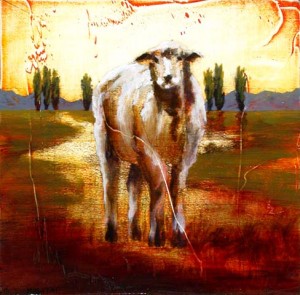
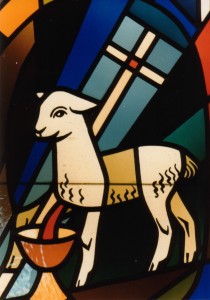

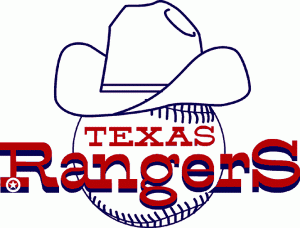

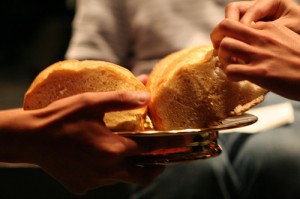




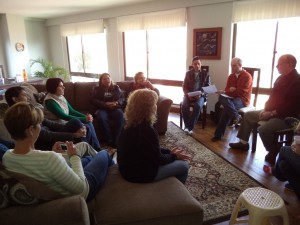
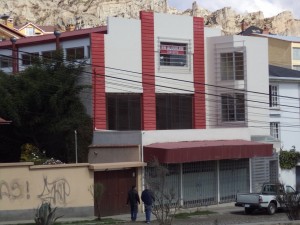
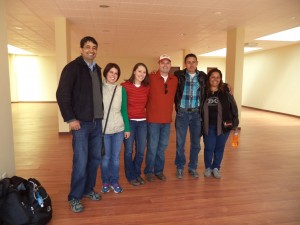
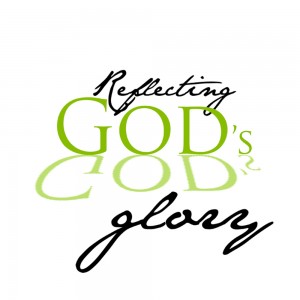
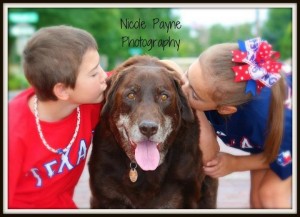
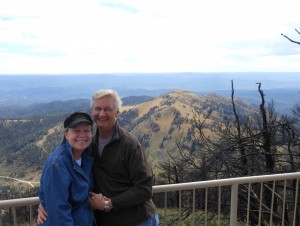
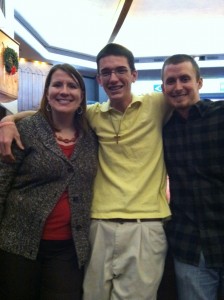
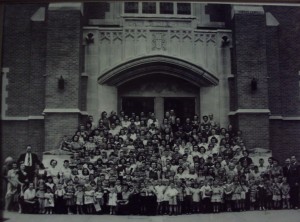

Recent Comments